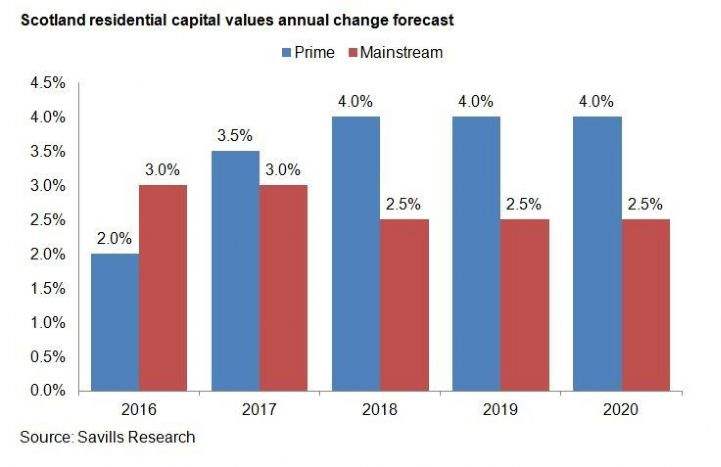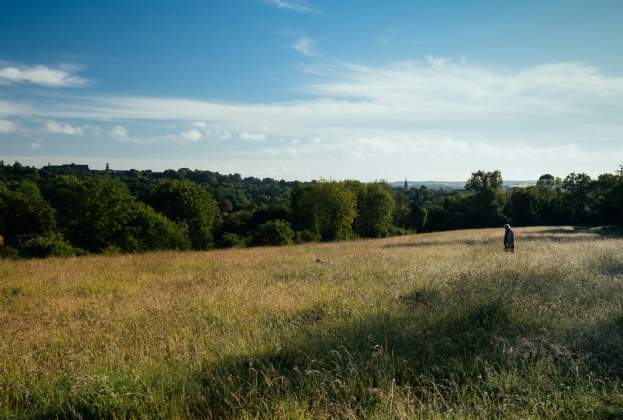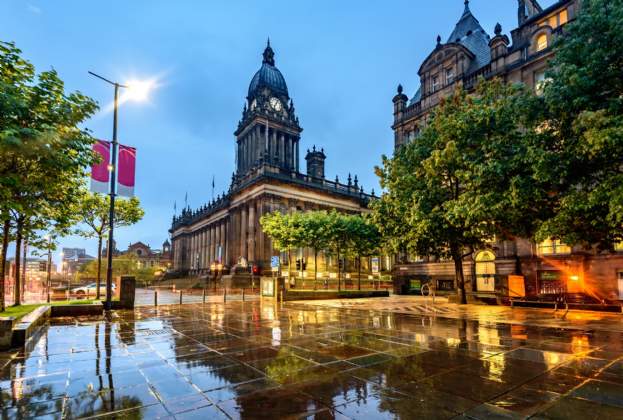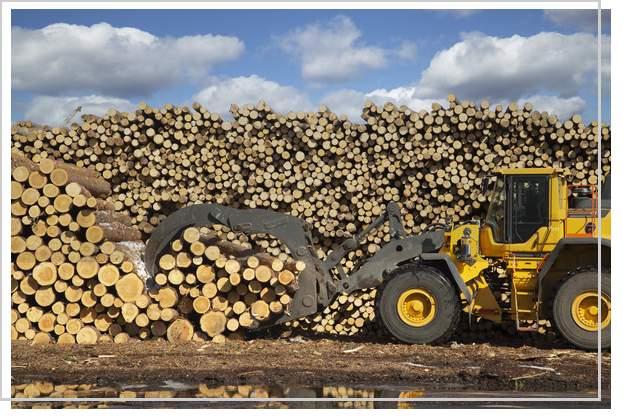During the year ending November 2015, Scottish residential transactions increased annually by 3 per cent, supported by a 5 per cent annual rise in mortgage lending.
House price growth during 2015 remained subdued as the Scottish market adjusted to tougher lending conditions, however we are forecasting annual growth of 3 per cent in mainstream values by the end of 2016. Stricter lending conditions and a possible rise in mortgage rates will limit the capacity for higher price growth.
Market growth continues to spread out to locations that were previously lagging, including Glasgow City, where the annual transactional growth was higher than the figure for Scotland as a whole. This is mainly due to an increase in house building, coupled with more attainable house prices.
Meanwhile, there was a notable drop in Scottish prime residential activity (second hand £400,000 and above) since the start of LBTT (Land and Buildings Transaction Tax), with the number of sales recorded between May and November 2015 falling by 17 per cent compared to the same period in 2014.
However, there are locations recovering at a better rate than Scotland as a whole; namely Edinburgh, where the prime market attracts buyers from outside Scotland. Moreover, the number of prime transactions in some of Edinburgh’s suburbs and the surrounding Lothians area has increased since the beginning of LBTT compared to the equivalent period in 2014.
The vast majority of Scottish million pound sales during 2015 completed prior to April, before LBTT was introduced. While there has been a slight uplift in activity during October and November last year, sales have mostly been focused on the core locations of Edinburgh, Glasgow, East Lothian, Fife and also in Aberdeen City, which saw the most expensive sale since April last year at £2.78 million.
According to the Savills Prime Residential Property Index, values in the Edinburgh and Glasgow hubs increased annually by 4.6 per cent and 2.3 per cent respectively during 2015. Values in town locations increased by 1.8 per cent, but they fell in village and rural locations. Over the course of 2016, we expect the prime market to continue to absorb the turbulence of taxation challenges, with values expected to rise by 2 per cent by the end of this year.
.jpg)

.png)
.jpg)
.jpg)




(1).jpg)
.jpg)
